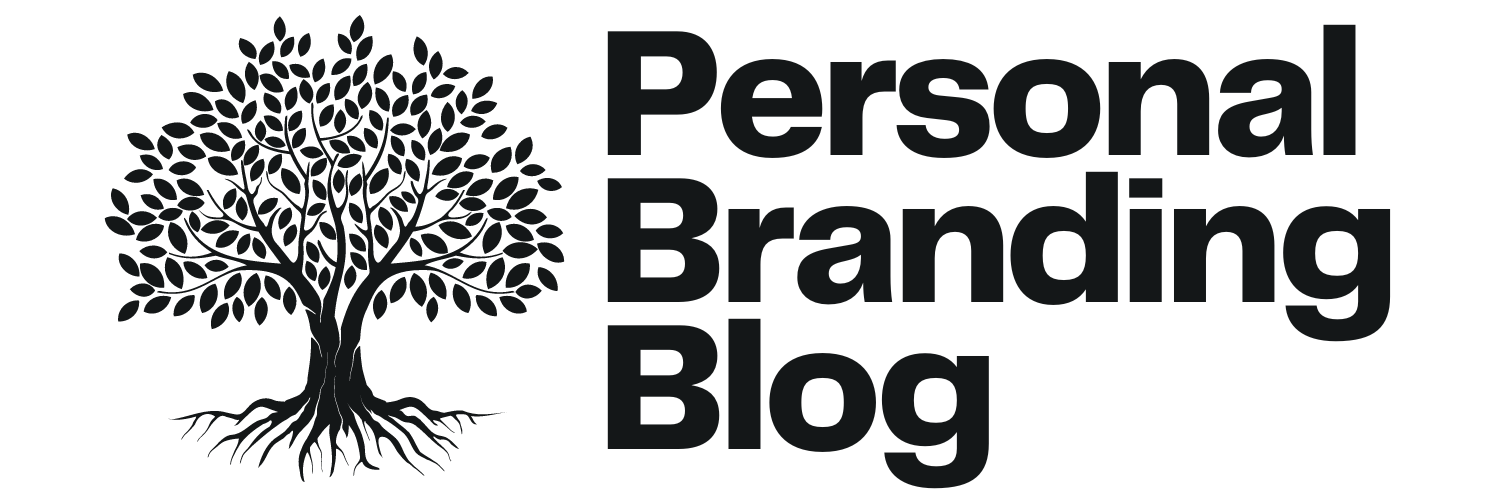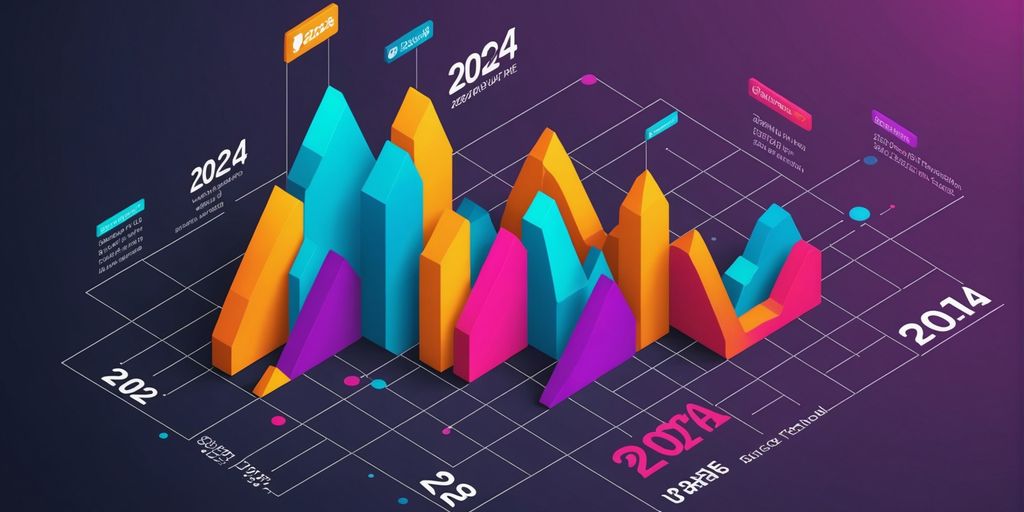Keeping up with the latest trends is essential. As we move into 2024, building brand awareness remains a top priority for marketers. This guide will help you understand the importance of brand awareness and provide actionable strategies to set your brand apart from the competition.
Key Takeaways
- Understanding brand awareness is crucial for effective marketing.
- Social media platforms are powerful tools for increasing brand visibility.
- Consistency in brand image helps build trust with your audience.
- Influencer partnerships can expand your reach and credibility.
- Measuring and analyzing brand awareness is essential for continuous improvement.
Understanding the Importance of Brand Awareness
Defining Brand Awareness
Brand awareness is all about how well people know your brand. It ranges from folks who have never heard of you to those who can easily recall your name, logo, or slogan. When people can remember these details, you have strong brand awareness.
Why Brand Awareness Matters in 2024
Having strong brand awareness can be a game-changer for your business. It helps build customer loyalty, establish trust, and position you as a credible authority in your field. When people are familiar with your brand, they are more likely to trust you and become loyal customers. In 2024, standing out in a crowded market will be more important than ever.
Key Metrics to Measure Brand Awareness
To know if your brand awareness efforts are working, you need to measure it. Some key metrics include:
- Brand recall: How easily can people remember your brand?
- Brand recognition: Do people recognize your logo or slogan?
- Customer surveys: What do people think of your brand?
By keeping an eye on these metrics, you can see how well your brand is doing and make improvements where needed.
In today’s competitive market, providing unique and valuable in-person experiences helps you reach new, highly engaged brand loyalists.
Leveraging Social Media for Brand Visibility
Social media is a powerful tool for boosting your brand’s visibility. It’s essential to choose the right platforms that align with your target audience. For instance, Instagram’s Stories and Reels are great for engaging visuals, while LinkedIn is perfect for professional networking.
Creating engaging content is key to capturing your audience’s attention. This could be anything from informative blog posts to entertaining videos. Remember, it’s called social media for a reason—engage with your followers and other brands to build a community.
Utilizing social media analytics helps you understand what’s working and what’s not. These tools provide insights into your audience’s behavior, helping you refine your strategy for better results.
Building a Consistent Brand Image
Creating a consistent brand image is crucial for making a lasting impression on your audience. Consistency helps create trust in your brand and ensures that people recognize and remember you. Let’s dive into how you can build and maintain a consistent brand image.
Harnessing the Power of Influencer Partnerships

Partnering with influencers can be a game-changer for your brand. The key to mastering influencer marketing is partnering with the right influencers. Many marketers make the mistake of prioritizing influencers with large follower counts, but audience loyalty is more important. Therefore, marketers that achieve the best ROI from influencer marketing usually partner with micro-influencers that have built strong trust with an audience that is highly relevant to your brand.
Implementing Omnichannel Marketing Strategies
Integrating Online and Offline Channels
To reach as many people as possible, it’s important to meet your audience where they are. This means using both online and offline channels. For example, you can combine social media campaigns with in-store promotions. This approach ensures your brand is visible everywhere your customers are.
Personalizing Customer Interactions
Personalizing your interactions with customers can make a big difference. Use data to understand what your customers like and tailor your messages to fit their needs. This can be as simple as sending personalized emails or offering special deals based on past purchases.
Tracking Omnichannel Performance
To know if your omnichannel strategy is working, you need to track its performance. Use tools to measure how well each channel is doing. Look at metrics like engagement rates and sales conversions. This will help you see what’s working and what needs improvement.
Related Stories from Personal Branding Blog
By using an omnichannel approach, you can create a seamless experience for your customers, making it easier for them to connect with your brand.
Creating Valuable and Shareable Content
Creating content that people want to share is key to increasing brand awareness. When you provide valuable information that solves a problem or answers a question, people are more likely to share it. Including social sharing buttons on your blog can make it easy for readers to share your posts with their followers.
Running Thought Leadership Programs
Increasing brand awareness means not only ensuring that your target audience knows who you are, but also that they respect you. A great way to achieve both is to build a thought leadership program that positions the people behind your brand as experts in their field.
Investing in Intelligent Advertising
Choosing the Right Advertising Platforms
When it comes to advertising, picking the right platforms is crucial. You want to be where your audience spends their time. Whether it’s Google Ads, Facebook, or Instagram, each platform has its own strengths. Choosing the right one can make a big difference in your campaign’s success.
Utilizing Data-Driven Strategies
Data is your best friend in advertising. By analyzing data, you can understand what works and what doesn’t. This helps you to fine-tune your ads and get better results. A/B testing is a great way to see which version of an ad performs better. The more you learn from your data, the smarter your advertising will be.
- If you want to stay mentally and physically strong as you get older, say goodbye to these 8 behaviors - NewsReports
- I used to think turning 70 meant losing mental sharpness. Here’s how I’m keeping my mind stronger than ever - Global English Editing
- I’ve been in back-to-back relationships since I was a freshman in college. Here’s how I’m finally beginning to stand on my own - The Blog Herald
Optimizing Ad Performance
Once your ads are running, it’s important to keep an eye on their performance. Use the reporting tools available on each platform to track how well your ads are doing. If something isn’t working, don’t be afraid to make changes. The goal is to get the best return on your investment.
Advertising is always changing. Staying updated with the latest trends and tools can give you an edge over your competitors.
Becoming a Community Sponsor
Identifying Sponsorship Opportunities
Finding the right community is pivotal to your success. Look for events, groups, or causes that align with your brand values. This helps in fostering genuine connections. Whether it’s local sports teams, charity events, or educational programs, choose opportunities that resonate with your audience.
Aligning Sponsorships with Brand Values
It’s crucial to ensure that your sponsorships reflect your brand’s core values. This alignment builds trust and authenticity. For instance, if your brand promotes sustainability, consider sponsoring environmental initiatives. Authenticity in sponsorships can significantly boost your brand’s credibility.
Maximizing Sponsorship Impact
To get the most out of your sponsorships, actively engage with the community. Attend events, interact with participants, and share your experiences on social media. This not only increases visibility but also strengthens your brand’s presence. Remember, the goal is to create lasting impressions and meaningful relationships.
Measuring and Analyzing Brand Awareness
Setting Clear Objectives
To efficiently measure awareness of your brand, you need to set clear objectives. Clear goals help you understand what you want to achieve and how to get there. For example, you might want to increase your brand’s visibility on social media or improve customer recall. Knowing your goals makes it easier to track progress and make adjustments.
Utilizing Brand Awareness Tools
There are several tools available to help you measure brand awareness. Google Analytics is a great tool for tracking website traffic. You can see how many visitors come to your site by typing your web address directly into the search bar. Social media platforms also offer analytics to monitor engagement and reach. These tools provide valuable data to gauge your brand’s success.
Interpreting Data for Continuous Improvement
Once you have collected data, it’s important to interpret it correctly. Look at metrics like brand impressions, search volume, and audience growth. These numbers can tell you how well your marketing efforts are working. If you notice a drop in website traffic or social media engagement, it might be time to tweak your strategy. Continuous improvement is key to maintaining and growing brand awareness.
Remember, measuring brand awareness is not a one-time task. It’s an ongoing process that requires regular monitoring and adjustment.
Frequently Asked Questions
What is brand awareness?
Brand awareness is how familiar people are with your brand and how well they recognize it. It’s about making sure your brand is known and remembered by your target audience.
Why is brand awareness important in 2024?
In 2024, brand awareness is crucial because the market is very competitive. With so many options available, having a strong brand presence helps you stand out and attract customers.
How can social media help increase brand awareness?
Social media platforms allow you to reach a large audience quickly. By creating engaging content and interacting with users, you can boost your brand’s visibility and recognition.
What are some key metrics to measure brand awareness?
Key metrics include brand recall, brand recognition, social media mentions, and website traffic. These metrics help you understand how well your brand is known and perceived.
How do influencer partnerships boost brand awareness?
Partnering with influencers can expose your brand to their followers. Influencers can create authentic content that resonates with their audience, helping to increase your brand’s reach and credibility.
What is omnichannel marketing?
Omnichannel marketing is a strategy that integrates different marketing channels, both online and offline, to provide a seamless customer experience. It helps in maintaining consistent messaging and reaching customers wherever they are.
How can I create shareable content?
To create shareable content, focus on what interests your audience. Use different formats like videos, infographics, and blogs. Encourage your audience to share by making the content valuable and engaging.
What tools can help measure brand awareness?
Tools like Google Analytics, social media analytics, and brand monitoring tools can help you track metrics and understand how well your brand is performing in terms of awareness.







